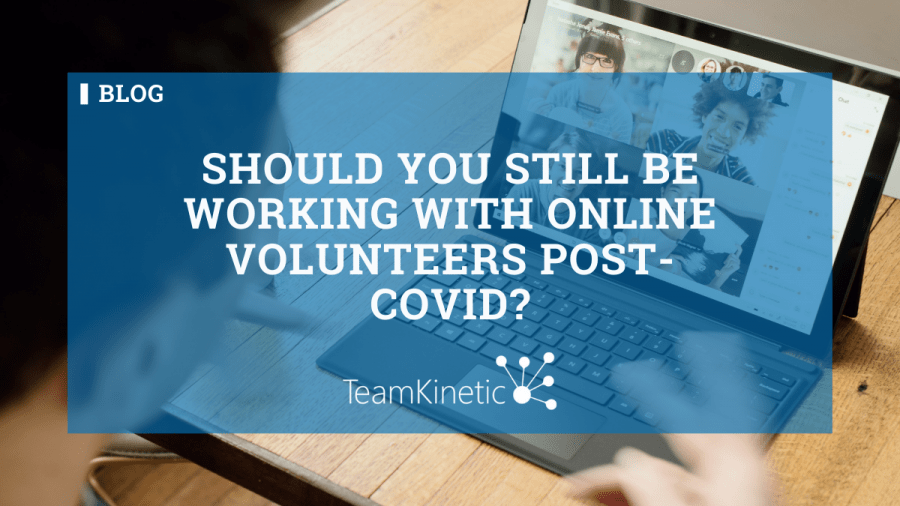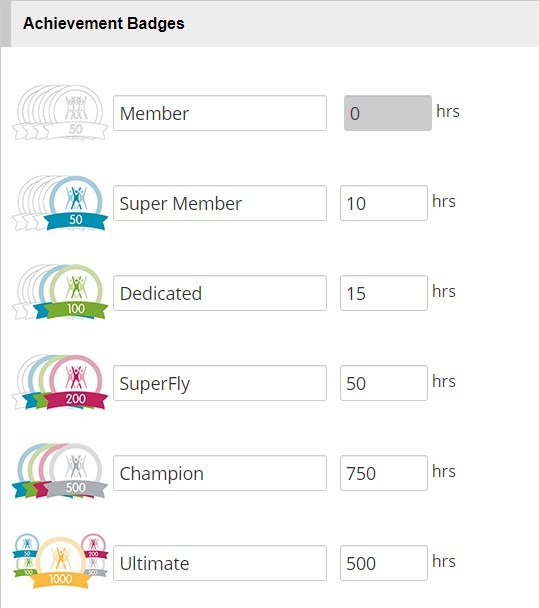Now we’re heading back to ‘normal’, should you still be working with online volunteers? YES! By recruiting online volunteers from quite literally anywhere you’re expanding your reach. When it comes to volunteering: the bigger your reach, the better! Virtual volunteering slots here perfectly.
In today’s blog post, we’re outlining the ways you can make sure your virtual opportunities stand out from the rest.
Making Your Opportunity Stand Out
Your Opportunity Title. When creating your opportunity, make sure your title is compelling and attractive. A volunteer is more likely to join an opportunity that instantly excites them, so having a strong title is key. It’s also worth mentioning somewhere in the title that the opportunity is remote.
Opportunity Description. Simply, don’t post the full list of details. Searching volunteers are likely to be leading with emotion – and a long description of there duties isn’t going to entice them. We suggest giving snippets of their duties but focus on explaining the impact they’ll be making.
Jargon. For a number of volunteers, this is their first time volunteering. Any specific language or acronyms should be left out. It’s most likely going to confuse potential volunteers, so keeping it as simple as possible will get more interest from new volunteers.
Calls To Action. Give potential volunteers the ‘next steps’ for joining an opportunity. Your opportunity should always have contact details too, for any other questions or support they might require.
Image Use. The use of imagery taps into volunteers’ emotions. Using the right image can trigger mirror neurons in the brain, so the volunteer feels the emotions portrayed in an image. Your images can also show that your organisation is inclusive to all. It’s important that your imagery is right, and sends the right signals to those browsing.
Checking Your Posting. Once your post is complete, make sure to double check it. Go through and check that all the information is correct as well as looking out for any spelling/grammatical errors. It’s also worth, once posted, looking at the opportunity through a potential volunteer’s eyes – do they have everything they need to join?
Are You Screening Your Volunteers?

Now that you’ve perfected your opportunity listing, and you have a set of virtual volunteers, the screening process can begin! What should you be considering when it comes to your volunteering screening process?
At the outset, you need to find out where your volunteer will be working. Are they going to be in a pace that’s quiet and private, or will they be in a busy environment? The key thing is that they are able to volunteer effectively in the place they’ve set up.
To ensure your volunteer is working effectively, are their any supplies or training required? Ensure that your volunteer has completed their training steps, and can access everything they need to start volunteering; this check makes sure there can be a smooth process into the opportunity, because there’s no stop/starting as a volunteer doesn’t have access to something important.
Volunteers will be interacting with a number of different people – let them know the basic information on how they should interact. This can help build up a volunteer’s confidence, so they interact with the organisation and those it helps more.
Make sure that you’re frequently staying in touch with those who virtually volunteer, over email, chat or video call. You can touch base weekly or monthly, building up a relationship that keeps them returning to volunteer. Establishing this relationship is important, volunteers want to feel seen and heard, like they aren’t just on the outskirts of the organisation.
Volunteer Motivations
You can also match volunteers with other opportunities you think they might be interested in. One way you can do this is through understanding your volunteers motives. VolunteerPro teaches a lot about a set of motivations a volunteer is likely to have, and how they can be applied by volunteer managers. Their motivations are:
- Values: Where in which volunteers take something meaningful from the hours they spend volunteering.
- Careers: Opportunities open doors for volunteers to advance in their careers or network with likeminded people from their industry.
- Social: Volunteers can find themselves in emotional and supportive environments which they can also benefit from.
- Enhancement: Volunteering gives leadership development to volunteers and changes their perception of power to some extent.
Volunteers that are open and motivated are most likely to have more than one goal in mind, rather than running on one single purpose. For some, they might not yet realise what those goals or motivations are, but they want to help in any capacity.
Think it’s time to invest in volunteer management software?
You can start a free trial of TeamKinetic on our website. This will let you check out all our features for 30 days. If you like what you see, contact us to book a demo and see how we can help your organisation manage your volunteers!













































